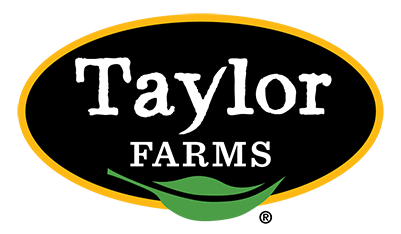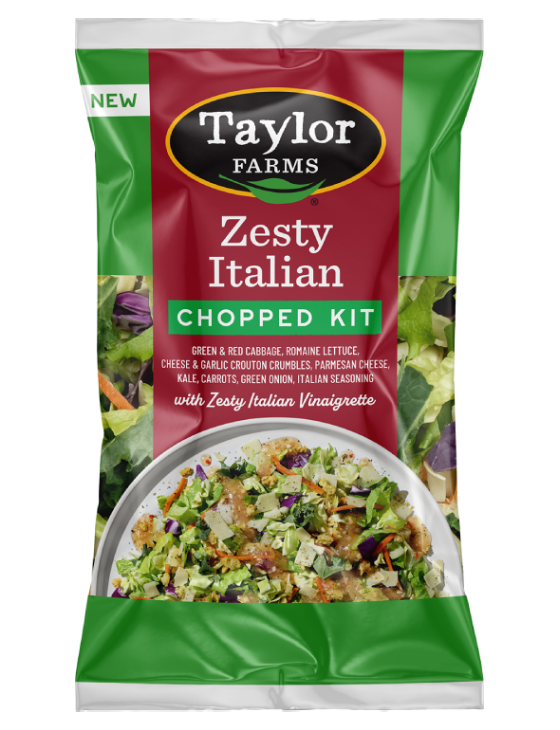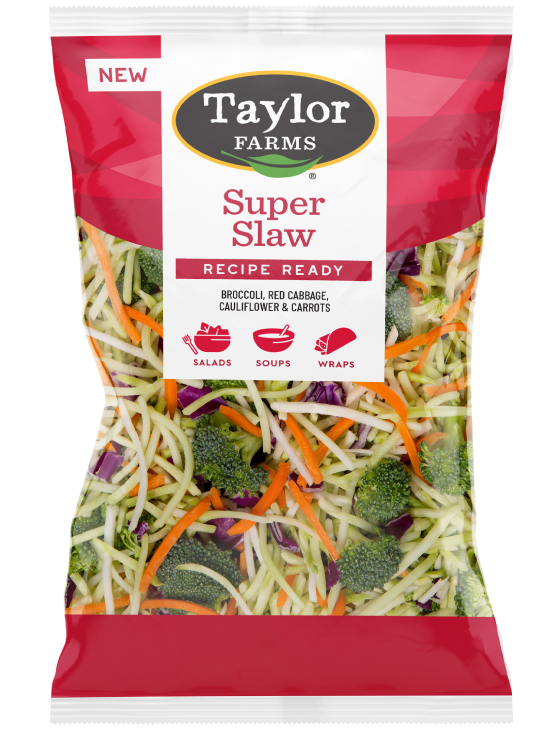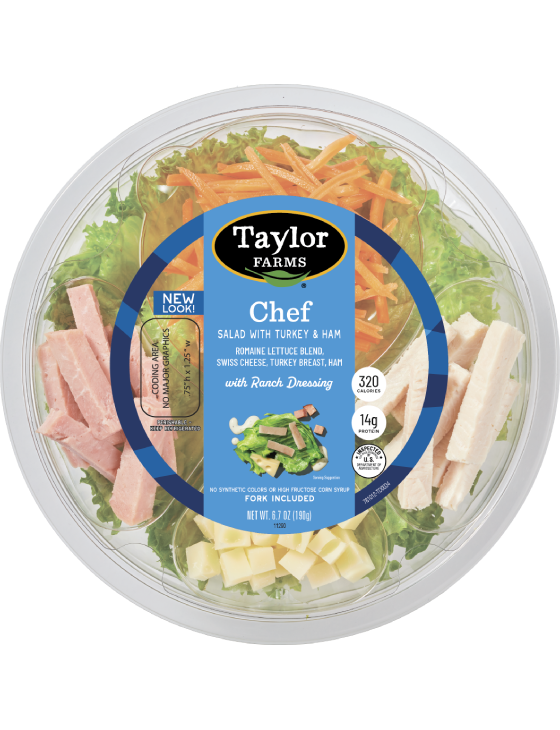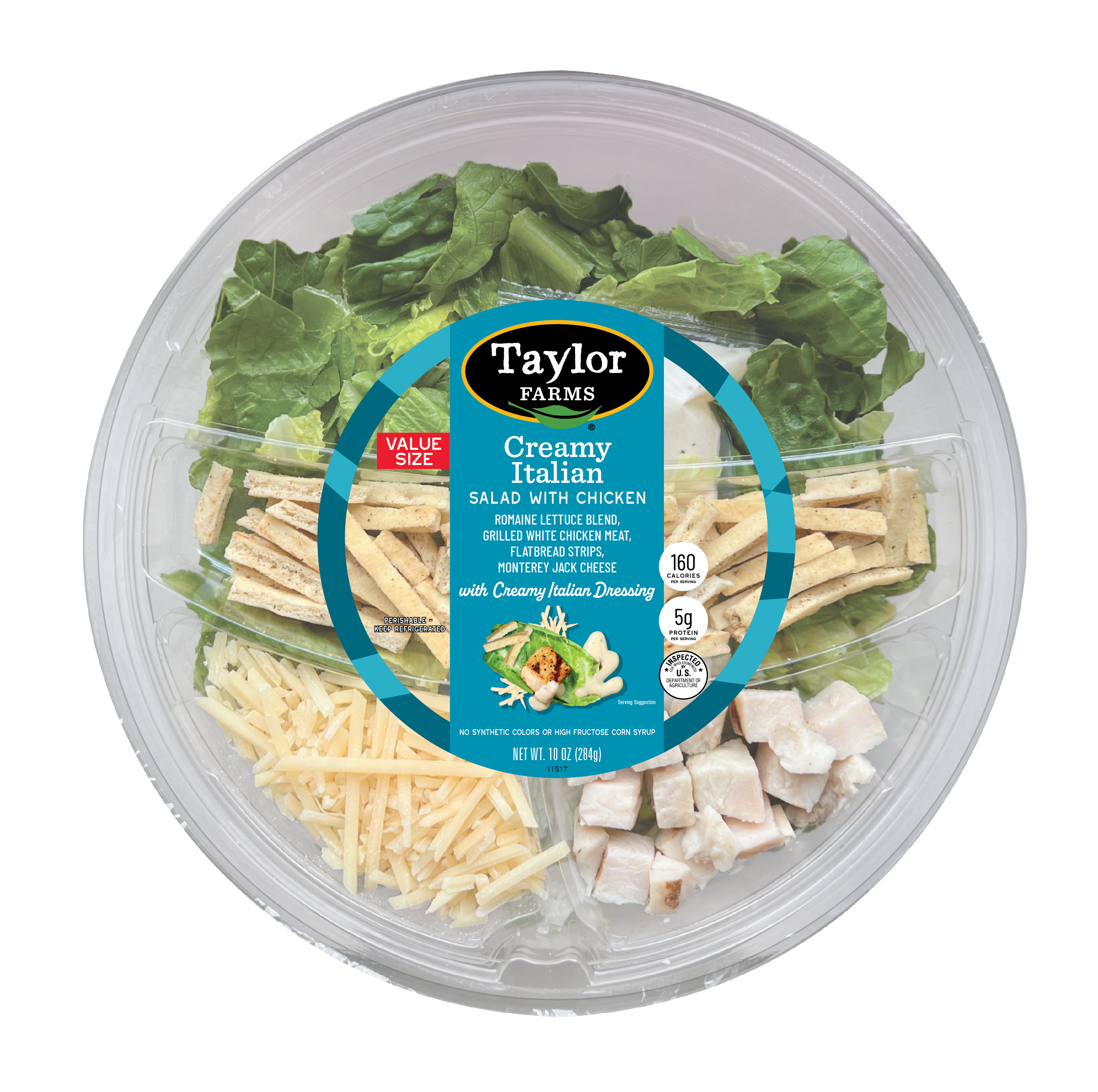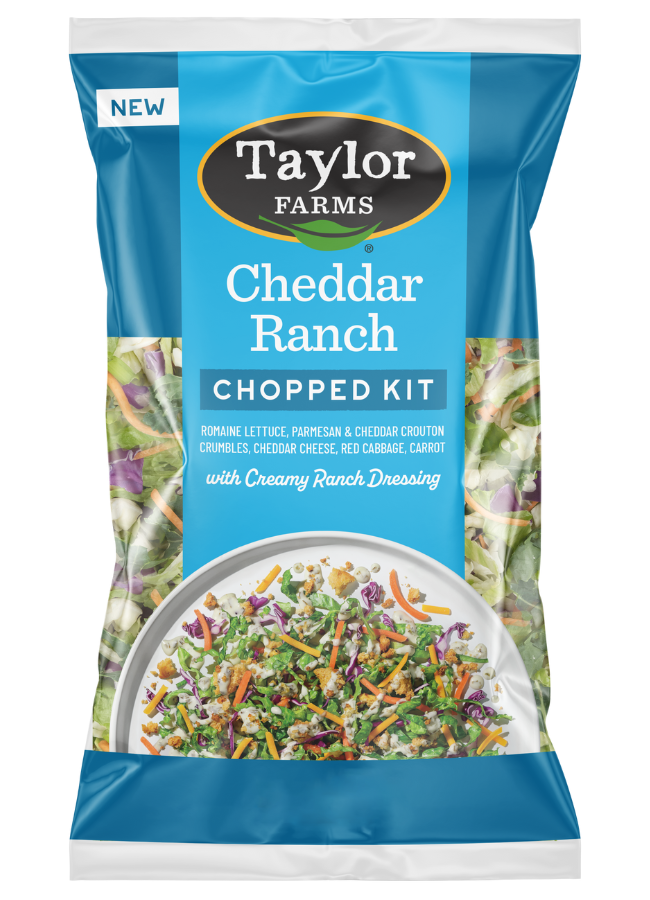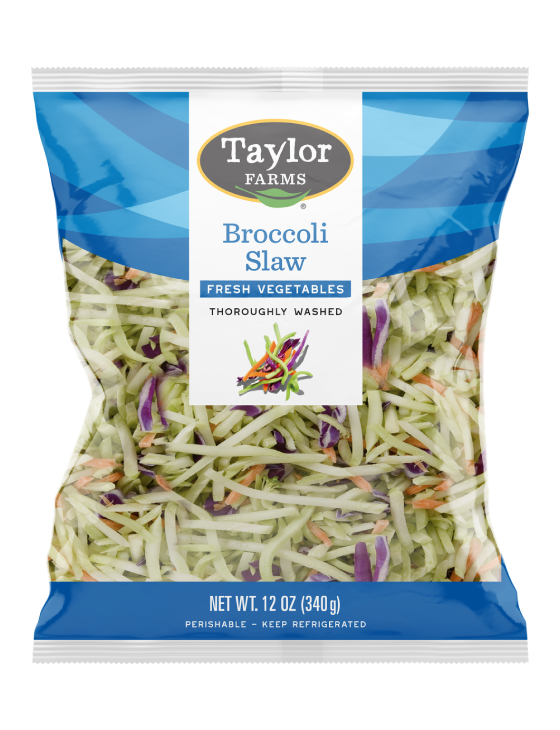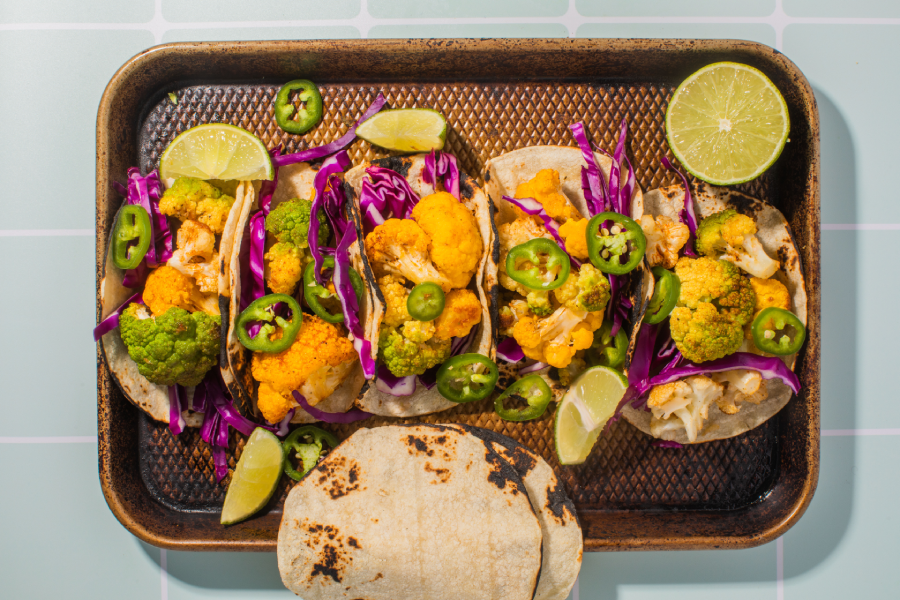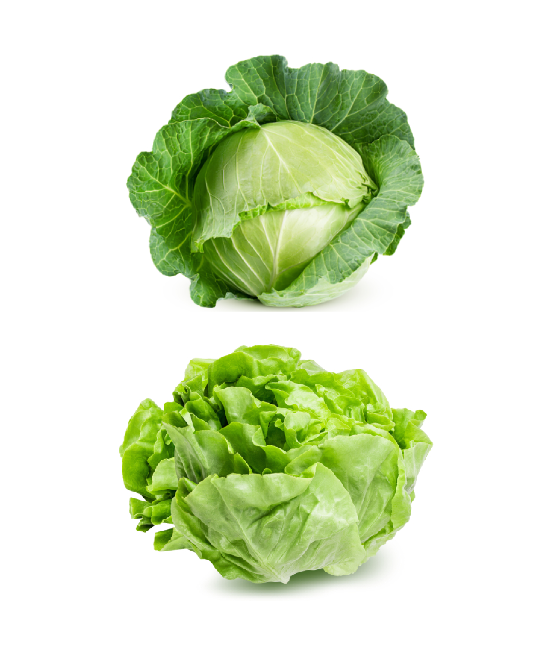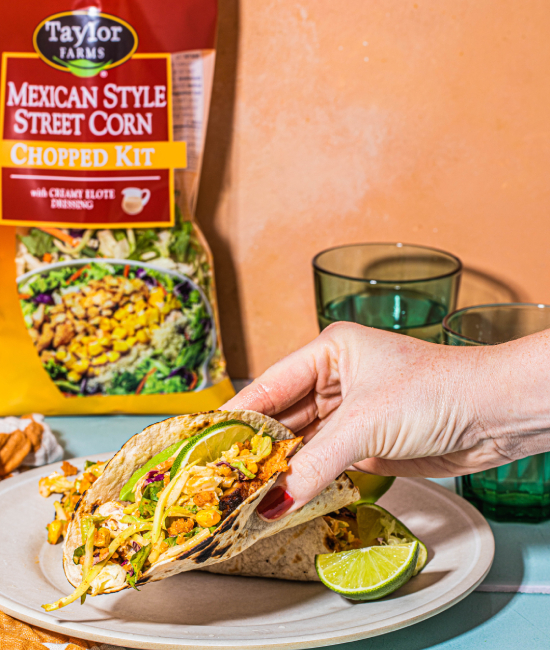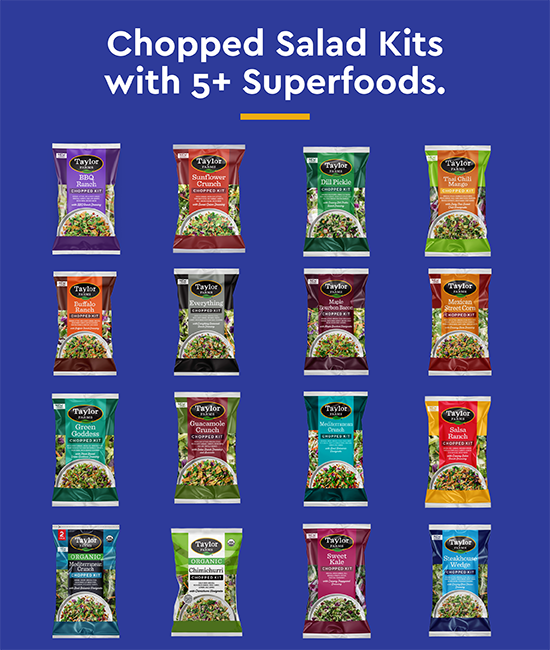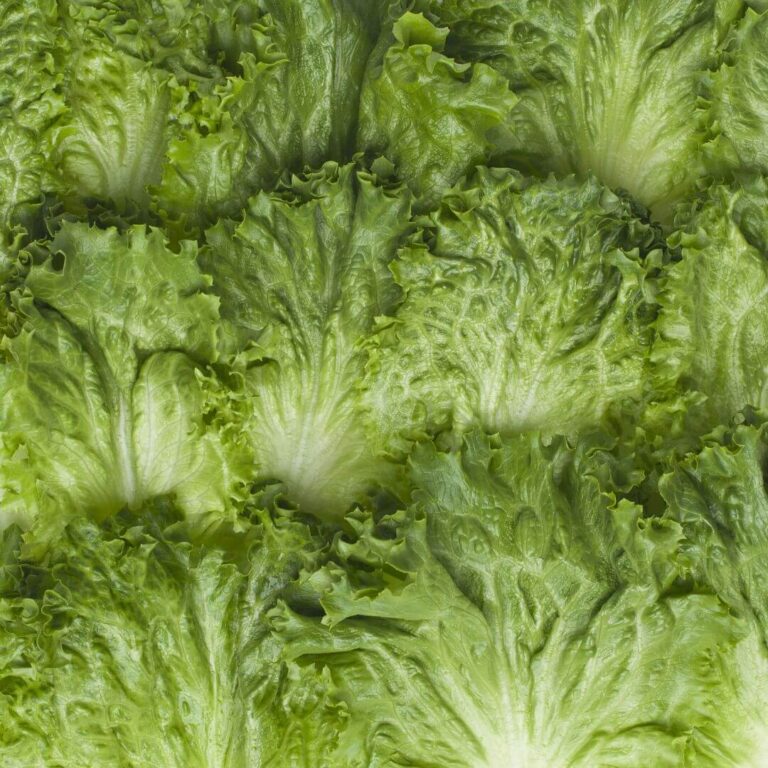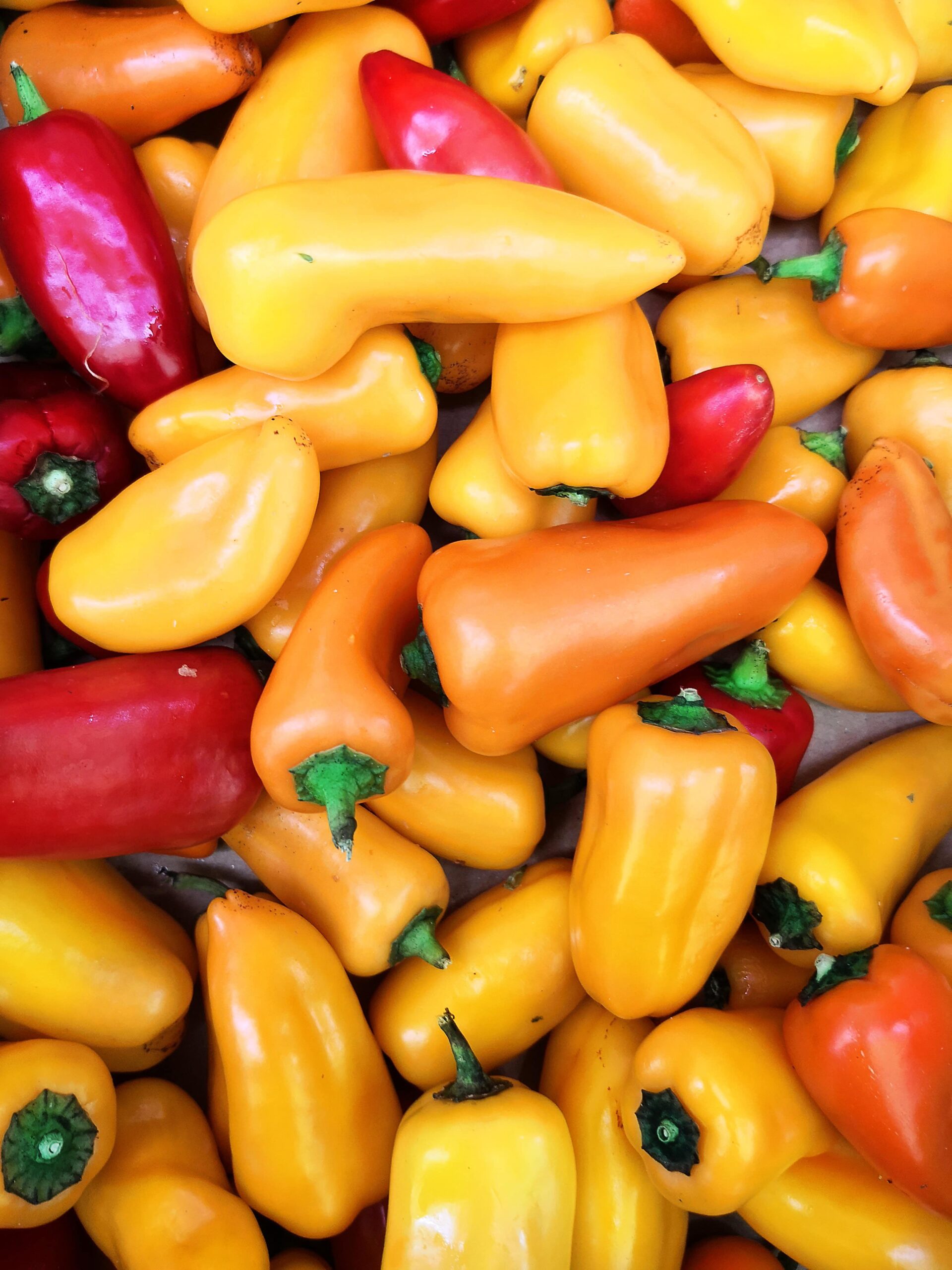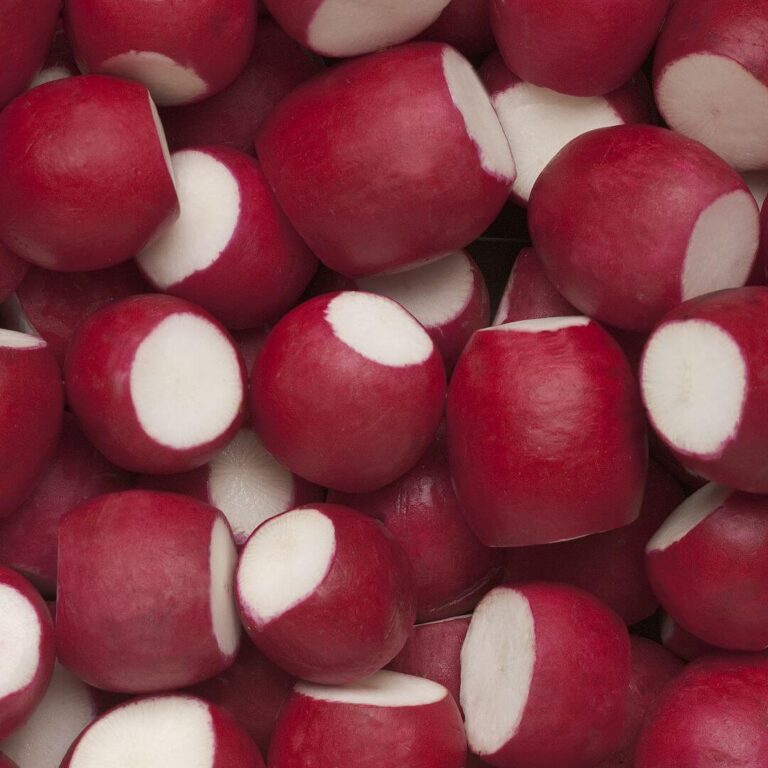Red Cabbage at a Glance
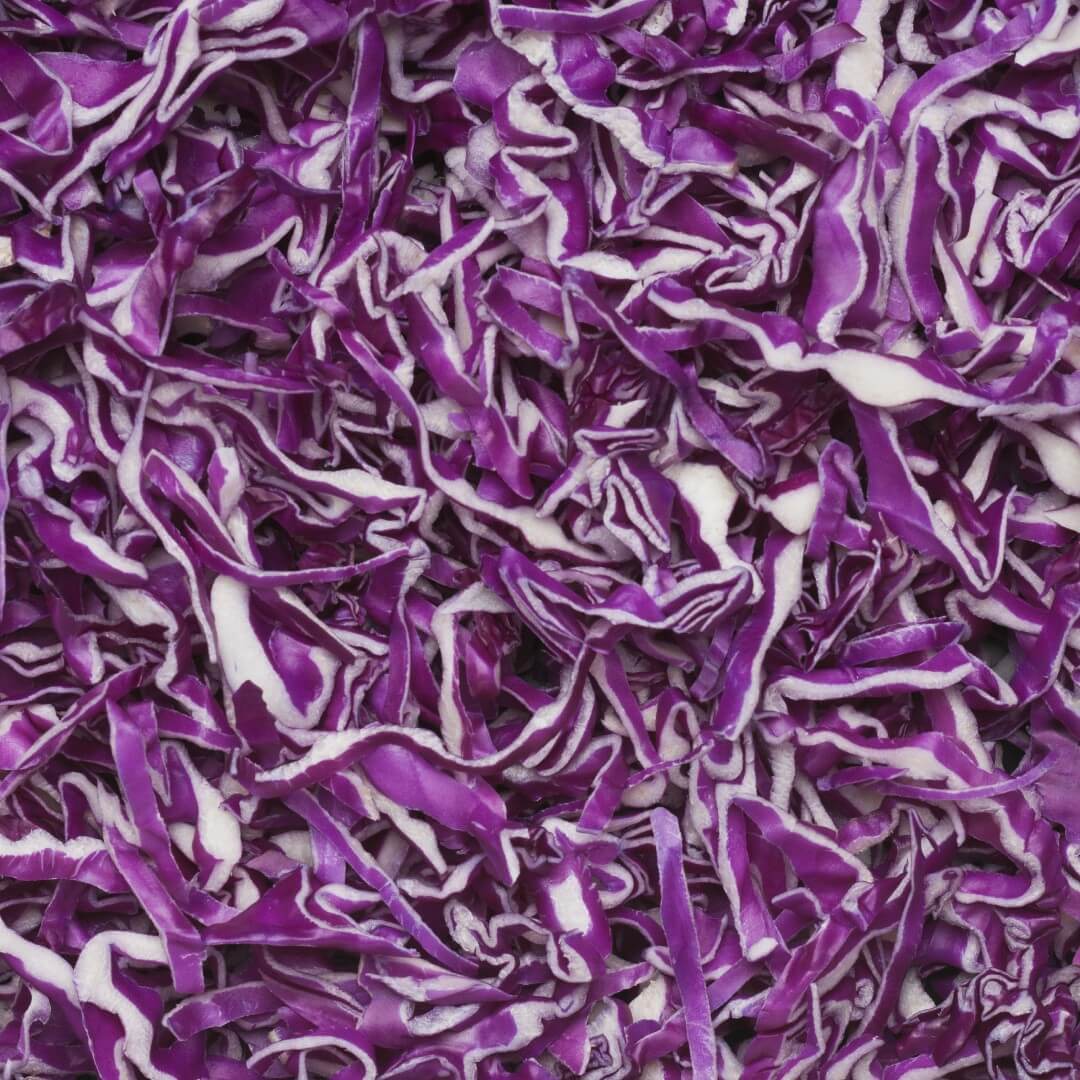
Scientific Name: Brassica oleracea var. capitata f. rubra
Family: Brassicaceae
In Season: Late fall to early winter
Varieties: Mostly a singular variety with subtle regional differences
Great for: Salads, coleslaws, stir-fries, pickling, and braised dishes
Red Cabbage Nutrition
Vitamin C
2 grams of fiber
1 gram of protein
Common Questions about Red Cabbage
When enjoyed raw, red cabbage offers a crisp, slightly peppery kick that’s refreshingly cool on the palate. Its natural juiciness gives each bite a burst of moisture, making it a crunchy and hydrating addition to salads. While similar in flavor to its green counterpart, red cabbage tends to have a more pronounced earthy taste, complemented by a subtle underlying sweetness. This vibrant vegetable easily elevates coleslaws and salads with its bold color and distinctive crunch.
When cooked, the texture and flavor of red cabbage changes rather significantly. Its crispness gives way to a tender, almost melt-in-the-mouth consistency. The earthy notes become more pronounced, while its peppery edge softens, allowing the vegetable’s inherent sweetness to shine through.
Whether braised with apples and spices or simply sautéed with a splash of balsamic, cooked red cabbage can develop a rich, multifaceted taste profile. The vibrant hue may also change, especially if cooked with acidic ingredients.
Growing red cabbage
Generally, red cabbage is ready to harvest when the head reaches a good size and feels firm when lightly squeezed. For many varieties, this is when they are about the size of a bowling ball or slightly smaller.
Different varieties of red cabbage have varied maturity times, but most are ready between 70 to 85 days after transplanting. The outer leaves should be vibrant and relatively free from major blemishes or pest damage.
Keep in mind: If you leave red cabbage in the ground for too long, the heads might crack or split, especially after heavy rains. Regular monitoring is crucial, especially when nearing the time of typical maturity.
Look for a deep, vibrant purple or red color—pale or washed-out spots can indicate older cabbage. The leaves should feel crisp, not limp or rubbery, and when you gently squeeze the cabbage, it should feel solid and dense. Fresh red cabbage should have a slight earthy scent. Avoid cabbage that has a sour or off smell, as it might be starting to rot.
Store the whole, unwashed head in the crisper drawer of your refrigerator. Place it in a plastic bag, but leave it slightly open to allow for a bit of airflow. This method will keep the cabbage fresh for up to two weeks. For cut or sliced cabbage, wrap the cut sections tightly in plastic wrap or place them in an airtight container before refrigerating. Use these pieces within a few days for the best quality.
Absolutely! Begin by thoroughly washing the red cabbage, then remove any damaged or old outer leaves. Slice the cabbage into quarters and then remove the core. You can then chop it into your preferred size, either finely sliced or in larger chunks. For better flavor and color, it’s recommended to blanche the cabbage before freezing.
Properly stored, frozen red cabbage can last for 10-12 months in the freezer, but for the best texture and flavor, it’s advisable to use it within 6-8 months. When you’re ready to use the frozen cabbage, you can add it directly to soups, stews, or stir-fries or thaw it in the refrigerator before using.
Like other cabbage varieties, red cabbage is a cool-season crop that flourishes in temperate climates. While it grows well in moderate summer heat, extremely hot conditions can hamper its growth or cause it to flower prematurely. It is grown in many parts of the world, including North America, Northern Europe, and Asia.
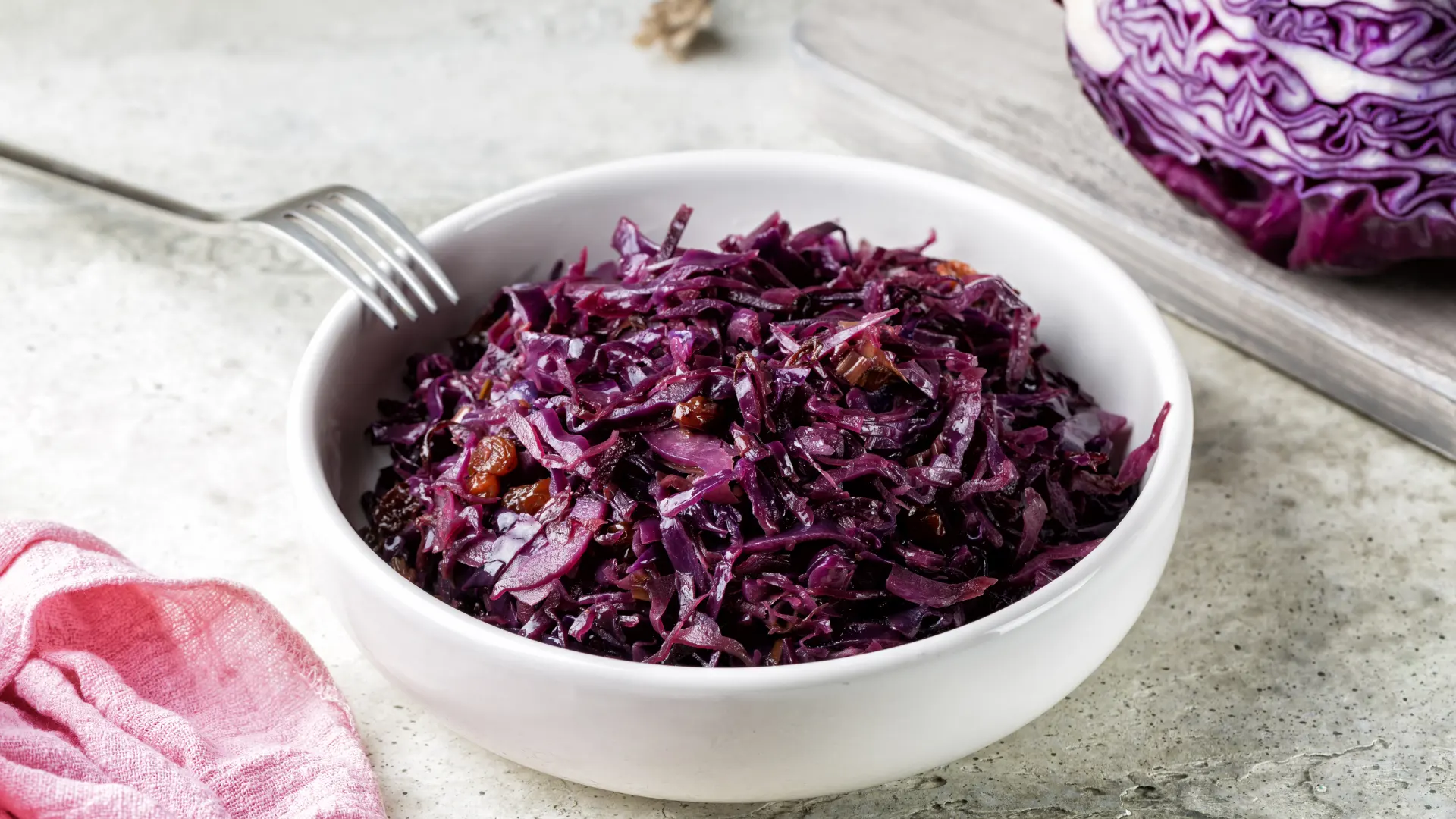
How to cook & serve red cabbage
Braised: Slow-cooking red cabbage with a mix of apples, vinegar, and spices allows it to become tender and absorb an array of flavors. For a delightful contrast, serve alongside roasted meats, especially pork or duck.
Sautéed: Quickly cooking thinly sliced red cabbage in a pan with some oil, garlic, and seasonings offers a crisp yet tender side dish. It pairs beautifully with grilled chicken, fish, or tofu.
Steamed: For a milder flavor and tender texture, steam red cabbage and season with a touch of butter or olive oil. This method retains most of the vegetable’s nutrients and is excellent with roasted vegetables or steaks.
Pickled: Transforming red cabbage into tangy, crunchy pickles creates a zesty treat you can use as a topping for tacos, burgers, or sandwiches (or enjoy it all on its own).
Roasted: Tossed with olive oil, salt, and perhaps a sprinkle of your favorite herbs, roasted red cabbage offers tantalizing caramelized edges and a deepened flavor. It’s a unique companion to roasted or grilled meats.
Raw: Thinly sliced red cabbage adds crunch and color to dishes like salads, wraps, and slaws.
Red cabbage pairs well with flavors like apple, onion, vinegar, honey, and spices like cloves or nutmeg. Whether you’re aiming for a hearty winter dish or a light summer salad, red cabbage can easily be the star or the supporting act, always adding a splash of color and texture.
